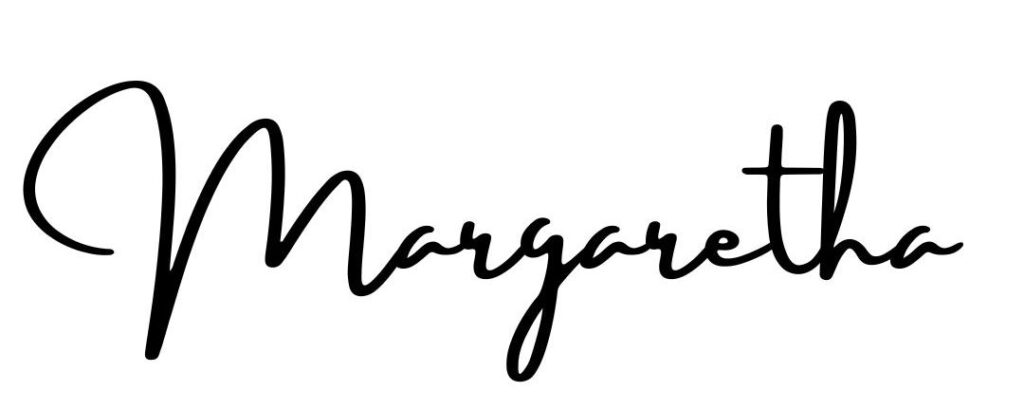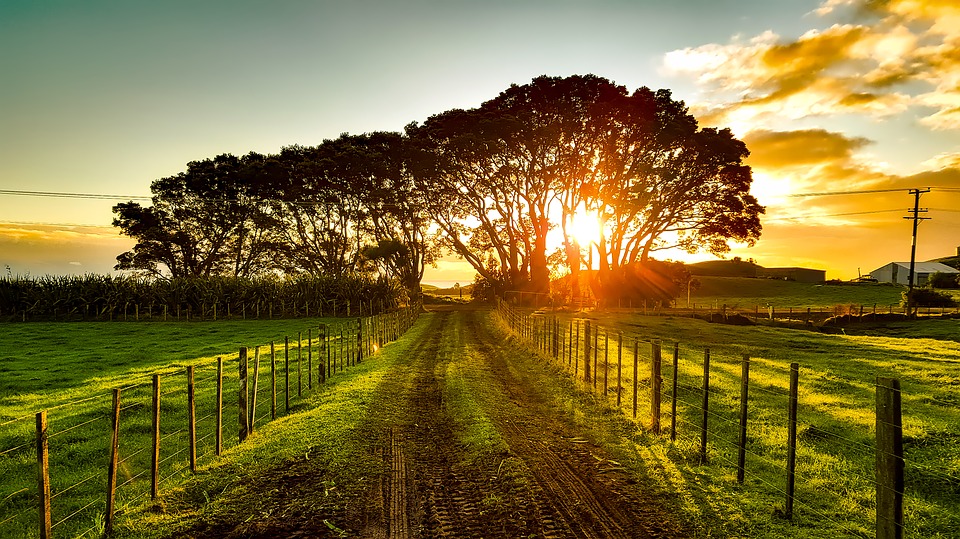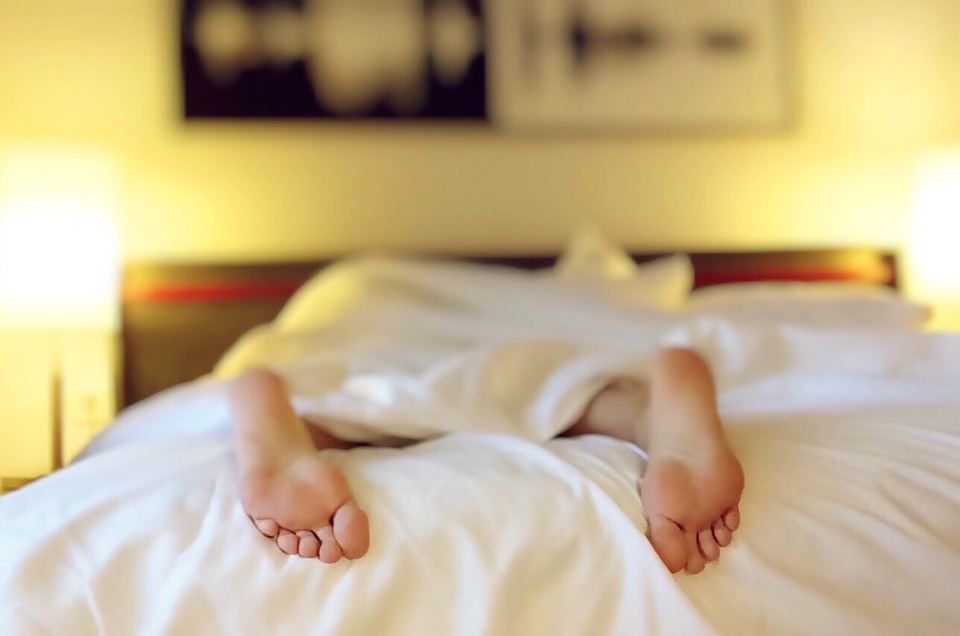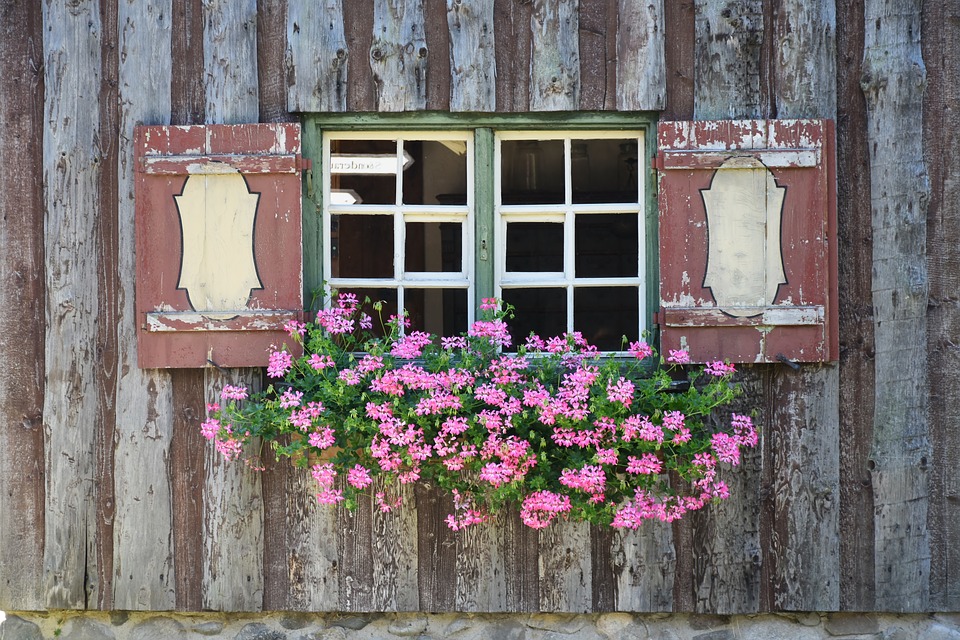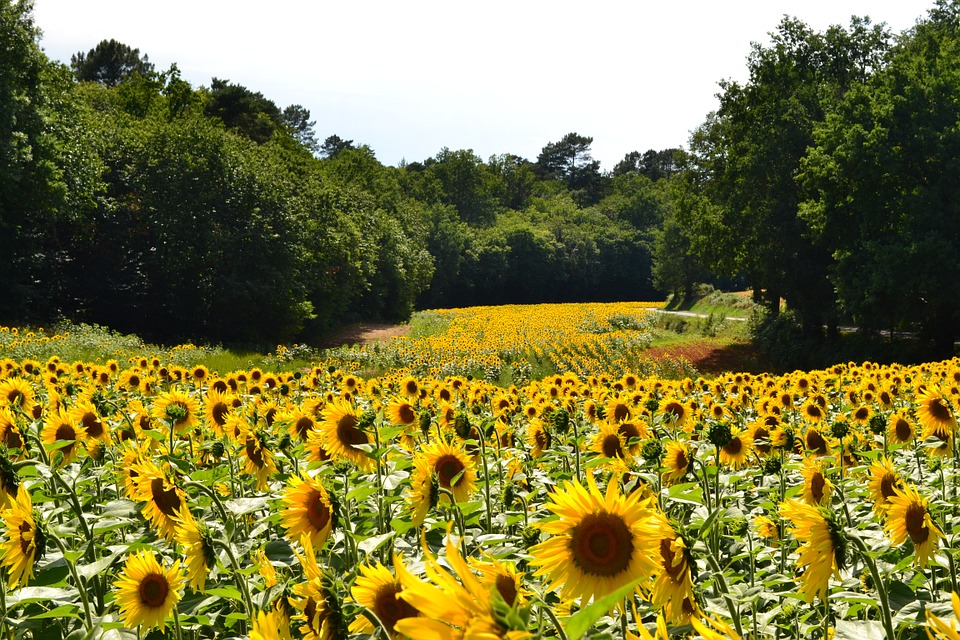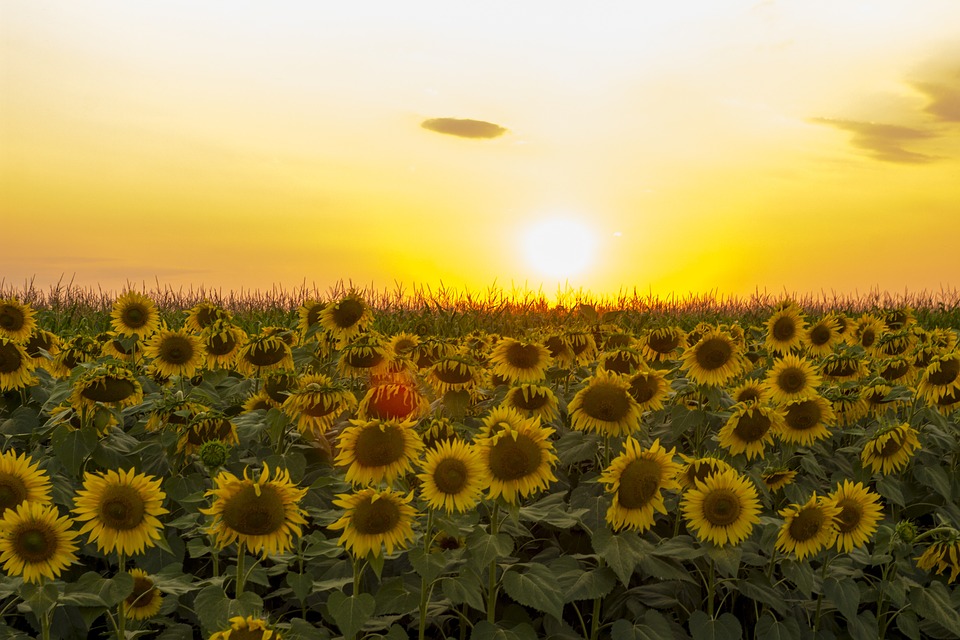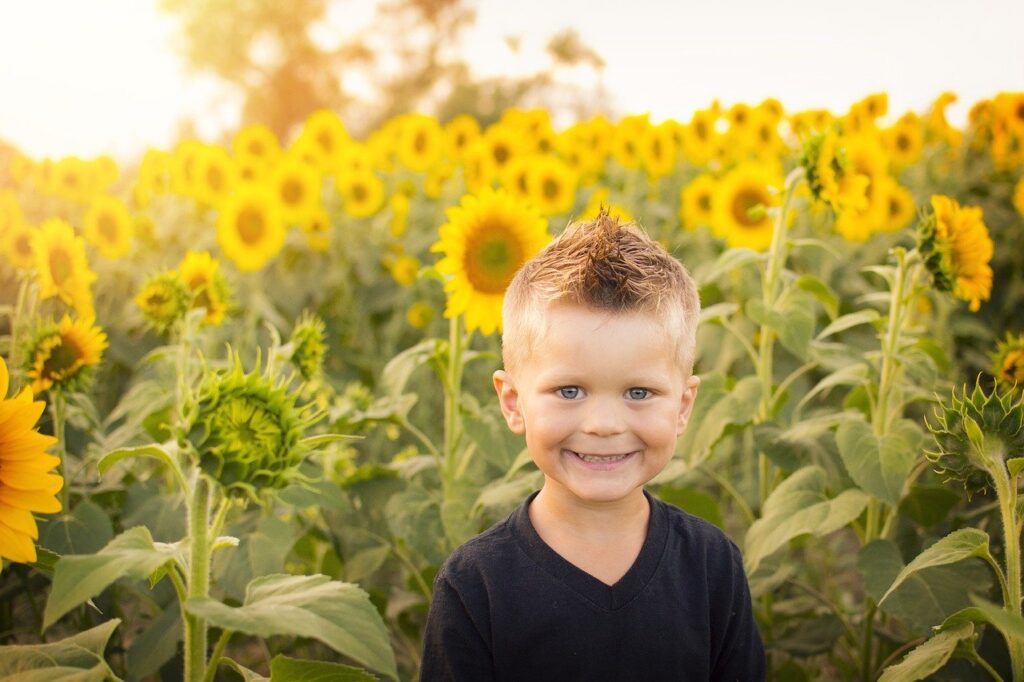In Yourself and In Others
[responsivevoice_button voice=”UK English Female” buttontext=”Listen to Post”]
.
“I just need a break.”
Often, when people write to me to make enquiries about my stress management retreats, either online or onsite here in the south of France, this sentence features prominently in their email, most often in the last paragraph. I have learned to sit up and take notice when I come across this sentence, as it is often said by people who are either burnt out already or on the verge of burning out.
Have you said that to yourself or to others recently? Did someone else say this to you?
Take notice, especially if you are an employer and you heard one of your employees say this.
People who are suffering from burnout, sometimes without realising it, often make statements that give away their state of mind. Depending on their individual experience and circumstances, they may say:
“I just can’t keep going anymore.” – Burnout can leave people feeling physically and emotionally exhausted, making it difficult to cope with their personal and professional responsibilities.
“I feel like I’m just going through the motions.” – Burnout can make people feel disconnected from their work, and from the people around them, causing them to feel as if what they do has no purpose or meaning.
“I don’t care anymore.” – Burnout can lead to a sense of apathy or detachment, causing people to lose interest in things that used to be important to them.
“I feel completely overwhelmed.” – Burnout can cause people to feel incapable of completing even small tasks, making it difficult to do what they are getting paid to do.
“I can’t handle this anymore.” – Burnout can make people feel like they’ve reached their breaking point, causing them to feel like they can’t deal with stress or any additional pressure.
“I don’t feel like myself anymore.” – Burnout can cause people to lose their sense of identity and which can result in a significant loss of self-esteem.
“I’m so frustrated.” – Burnout can lead to an intense sense of frustration, especially if people feel like they’re not making progress or reaching their targets.
“I feel like I’m stuck in a rut.” – Burnout can cause people to feel trapped, making it difficult to move forward or make changes in their personal or professional lives.
“I’m uber-stressed, all the time.” – Burnout can cause chronic stress, which can cause serious physical and psychological diseases.
“I can’t sleep. I either lay awake for hours before I fall asleep or I wake up early. Or I wake up twenty times during the night.” – Burnout can cause insomnia, which increases exhaustion and decreases performance.
Statements that allow us to detect burnout early are not always made using these exact words, everyone expresses themselves differently and everyone’s experience of burnout is unique. People may also make any of the above statements without having burnout.
As you may know, it is my life’s mission, first as a medical doctor and now as a retreat leader, to help people manage stress, so they can avoid the permanent damage stress can cause.
The burnout epidemic has motivated me to create a 2-day online retreat (not sure I’m ever going to do that again, I nearly got burnt out in the process!) called the Burnout to Breakthrough Blueprint retreat. It is designed so that you can burnout-proof yourself during a weekend, by devoting four hours a day to the retreat, two in the morning and two in the afternoon. It has gotten excellent reviews so far, so I am hoping that it will serve as my contribution to reducing burnout worldwide.
Worldwide.
Isn’t that awe-inspiring? That I can now reach hundreds or even thousands of people online, instead of just the few that come to Esprit Meraki Retreats. Reaching people is so much easier since the pandemic.
My retreats focus on helping people who are going through life transitions, or those who have to make important decisions, by walking the Camino de Santiago de Compostela, both my standard retreats and my top-of-the-range retreats.
More often than not, my onsite retreat guests arrive burnt out by the stress they had to endure trying to cope with the life transition they are stuck in, whether it is an empty nest, retirement, redundancy, losing a loved one, changing careers, starting a business etc.
So my Burnout to Breakthrough online retreat can also help my guests before they arrive, ensuring that they get the most from their retreat. If you aren’t burned out, you can make sure that your next retreat is your best ever by clicking here.
We can detect burnout early, merely by paying attention to what others are saying, and to what we are saying to ourselves.
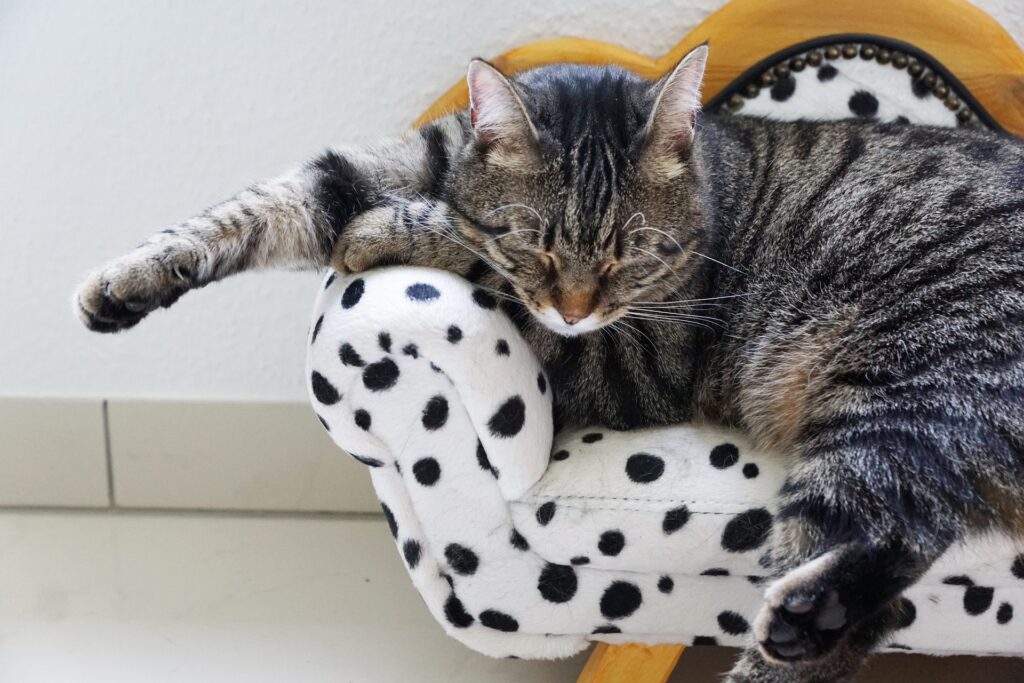
“Just because you take breaks doesn’t mean you’re broken.”
― Curtis T. Jones
Subscribe to my Savoir Vivre Vignettes newsletter (thank you in advance!) to get access to my eye-opening, mind-altering and entirely free Journal Yourself Stressfree e-retreat and receive my insight-giving Top Ten Tips on How to Make Your Next Retreat Your Best Ever



